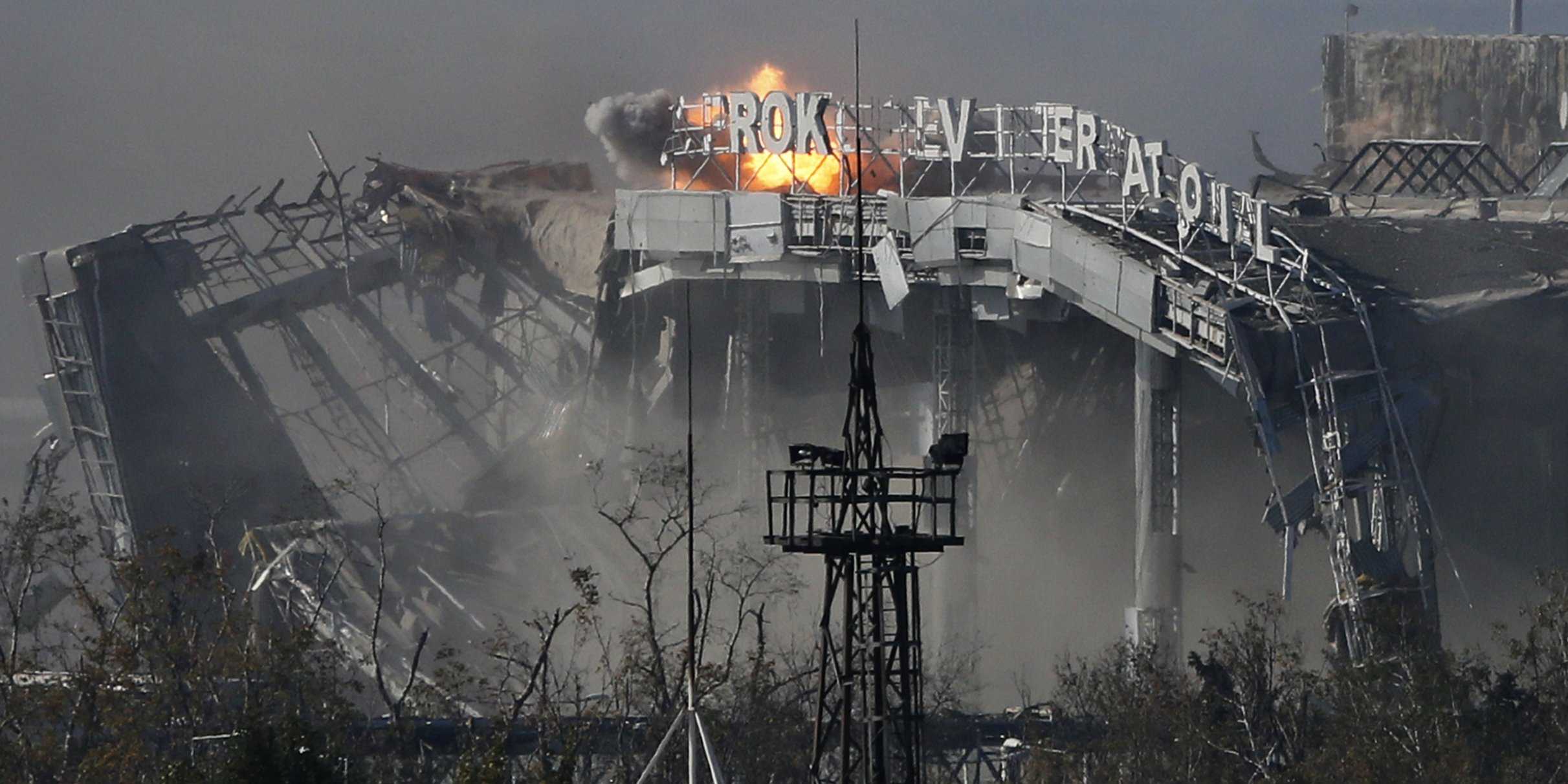The Russian-Belarusian large-scale military exercise Soyuznaya Reshimost (Allied Resolve) 2022 forms a critical dimension in Moscow’s war planning against Ukraine (see EDM, January 20). The Union State (Belarus and Russia) exercise, scheduled for February 10–20, will reportedly take place in the western and southern border areas of Belarus, marking the largest deployment of Russia’s Armed Forces to that country since the dissolution of the Soviet Union in 1991. Soyuznaya Reshimost 2022 is notably occurring within the context of Russia’s unprecedented military buildup close to Ukraine’s borders (Rossiyskaya Gazeta, January 22). The forces being deployed include units from Russia’s Eastern Military District (MD).
In the aftermath of the various rounds of diplomatic contacts between Moscow and Washington, as well as with NATO and the Organization for Security and Cooperation in Europe (OSCE) (see EDM, January 18), Russian forces earmarked for the joint military exercise in Belarus began combat readiness checks and redeployment, to be completed by February 9. Concerning the timing of the exercise, an article by the Russian defense ministry’s official publication, Krasnaya Zvezda, claims that the exercise in Belarus stems from an agreement reached at the presidential level in St. Petersburg a month ago (Krasnaya Zvezda, January 24). However, the Kremlin coverage of the December 2021 meeting between President Vladimir Putin and his Belarusian counterpart, Alyaksandr Lukashenka, conspicuously asserts that the initiative to stage further joint military exercises on Belarusian territory came from Minsk. Moreover, the wording of Putin’s public reply to Lukashenka, as transcribed on the Kremlin website, indicates that the timing of the exercise had not yet been fixed then: “As you suggested, we will hold [exercises] at the beginning of the year: the military will agree on it in March, February—I do not know when they will decide” (Kremlin.ru, December 29, 2021). If the timing of the large-scale military exercise was undecided at the close of last year and only fixed more recently, the sheer scale of the Russian deployment showcases the logistical effort involved—not only moving hardware, equipment, and weapons systems but also personnel. This involved Ground Forces Battalion Tactical Groups (BTG) from the Eastern MD, Airborne Forces (Vozdushno-Desantnye Voyska—VDV) and Aerospace Forces (Vozdushno-Kosmicheskiye Sily—VKS) drawn from other MDs. The scale of the Russian military deployment is larger than the force levels sent into Belarus for Zapad 2021. It has involved up to 200 transportation trains, moving hardware day and night, and marks the first use of such Eastern MD assets in Belarus (Svobodnaya Pressa, January 25). Among the stated aims of the exercise is the testing of the Union State’s regional air-defense system, utilizing a dozen Russian Su-35 multirole fighters, Pantsir-S1 anti-aircraft missile and gun systems, and two battalions of S-400 surface-to-air missile (SAM) systems relocated to Belarusian territory (Vesti, January 23). The S-400s will be deployed from Khabarovsk Krai in the Russian Far East (traveling a distance of over 5,600 miles / 9,000 kilometers). Units of the S-300V air-defense/ballistic missile defense system have been moved to Bryansk, close to the Belarusian-Ukrainian border: these can counter Ukraine’s Tochka-U tactical ballistic missiles. According to Russian Deputy Defense Minister Colonel General Aleksandr Fomin, Soyuznaya Reshimost 2022 divides into two parts. First, Russian forces will redeploy to exercise areas and form force groupings that will undergo combat readiness checks, including their air-defense elements. The second stage covers the exercise on February 10–20 and will mainly involve five training ranges and four airfields in Belarus: at Domanovsky, Gozhsky, Obuz-Lesnovsky, Brest and Osipovichsky training grounds, and Baranovichi, Luninets, Lida and Machulishchi airfields. Exercise maneuvers are also scheduled beyond these facilities (Krasnaya Zvezda, January 24). Officially, the joint military exercise, which will also involve the bulk of the Belarusian Armed Forces, will focus on suppressing and repelling external aggression against the Union State, protecting critical infrastructure, strengthening joint air defense, blocking weapons deliveries, and conducting search and destroy missions (Kommersant, January 25; RIA Novosti, January 23). Fomin stated, “A situation may arise when the forces and means of the regional grouping will not be enough to guarantee the security of the Union State. And we must be ready to strengthen it. Together with the Belarusian side, we came to the understanding that for common defense it will be necessary to involve the entire potential of the state’s military organization” (Vesti, January 23). Soyuznaya Reshimost 2022 appears to be another link in the chain of Moscow’s war preparations that involved the arraying of forces around Ukraine last spring, Zapad 2021, and now the continuing buildup: these are all part of a complex process. Zapad 2021 was unusual in that Russian Armed Forces echelons deployed for the exercise focused primarily on BTGs and the exercise involved rehearsing a Ukraine contingency. Following Zapad 2021, Moscow and Minsk finalized the new Union State Military Doctrine, which was signed into law in early November 2021: yet unusually, the document remains unpublished (see EDM, November 17, 2021).Read More:





